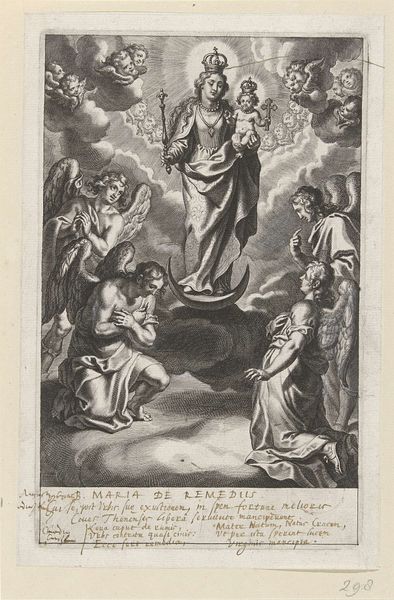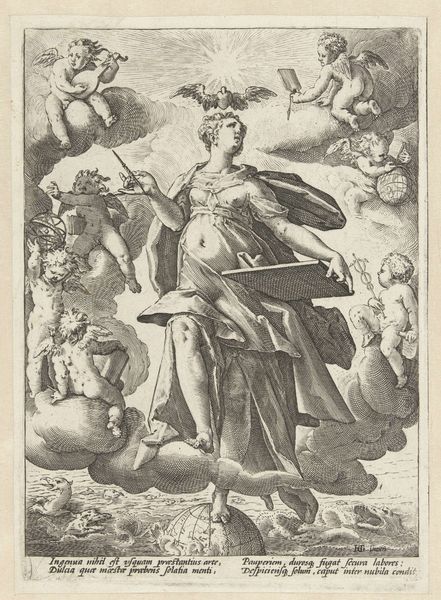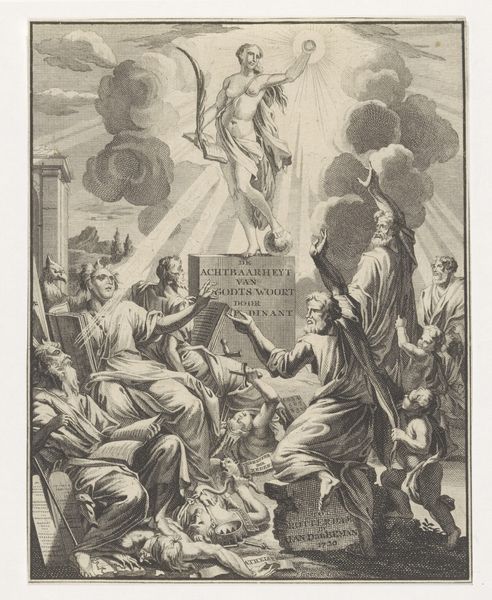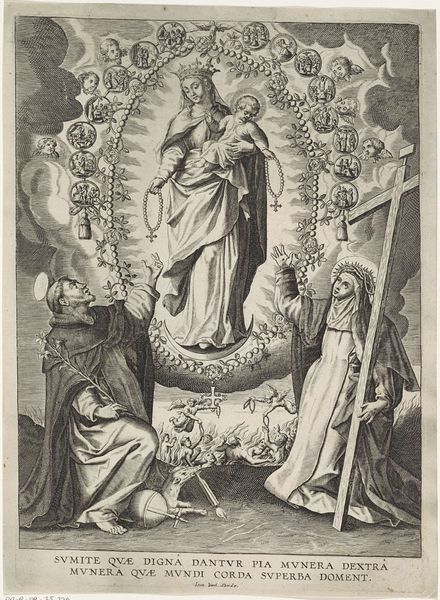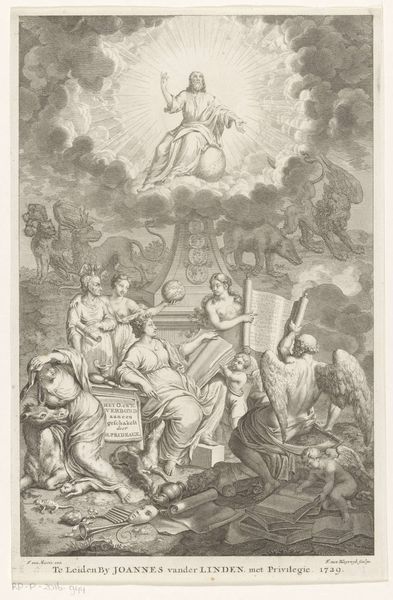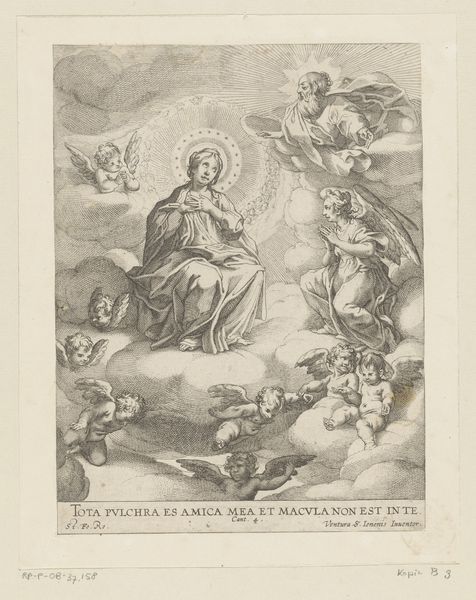
engraving
#
allegory
#
baroque
#
old engraving style
#
figuration
#
history-painting
#
engraving
Dimensions: height 251 mm, width 161 mm
Copyright: Rijks Museum: Open Domain
Cornelis Schut created this etching of the Ascension of Mary. Consider the role of religious imagery in 17th-century Europe. In the southern Netherlands, where Schut lived, the Catholic Church held significant cultural and political sway. Visual codes, like Mary’s upward movement and her crown of stars, reinforced religious teachings. Schut's style combines Flemish Baroque with Italian influences, reflecting the art world's international connections. Now, how might this image comment on its own time? The glorification of Mary can be seen as a reflection of the Counter-Reformation’s emphasis on her role. Yet, it also subtly underscores the Church’s power and wealth. Was this a conservative affirmation or a subtle critique? To understand this better, we can turn to period documents, theological writings, and studies of patronage. Art history is, in essence, a reading of images within their web of social and institutional meanings.
Comments
No comments
Be the first to comment and join the conversation on the ultimate creative platform.
